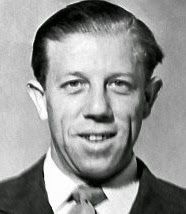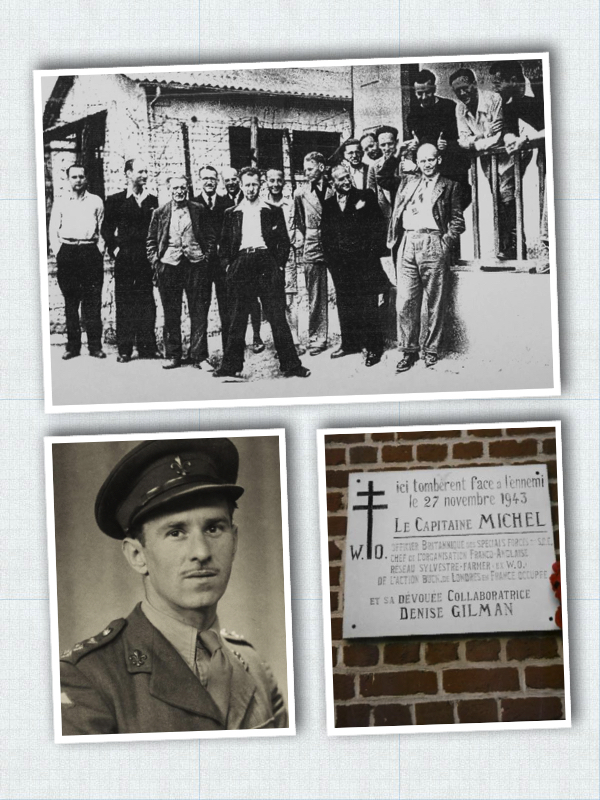Desoubrie was born in Luingne, Belgium on 22 October 1922 and grew up in Tourcoing on the French border where he trained as an electrician. He is said to have spoken perfect English and unlike other double agents and collaborators working for the Germans he was not motivated by money; he was a dedicated supporter of the Third Reich although he was also well paid for his treachery.
He began working for the Gestapo in 1941 and used various cover names including Jacque Leman, Jean Masson, Pierre Boulain and Captain Jacques.
Sometime in 1941 he infiltrated a resistance group called Vérite Française (French Truth) which printed and distributed an underground newspaper and helped people escape from France and after being responsible for the arrest of 100 people he then infiltrated the Le Gualés Network and 50 people were arrested.
In November 1942 Desoubrie infiltrated the Comet Escape Line which operated in Belgium and France rescuing allied aircrews who were shot down over both countries. Members of the line escorted aircrews, referred to as parcels or packages, to neutral Spain through a network of safe houses and other members at various locations until they reached safety and Desoubrie was responsible for many arrests. Apart from a large loss of life some parts of the network had to be rebuilt with new recruits and replacement safehouses.
Using the name Jean Mason, in January 1943 Desoubrie convinced members of the Comet line he was escorting six airmen from Belgium to Paris and requested they meet him at a Paris railway station to arrange their escape to Spain, the Comet leader agreed and after sending a few members to collect the `parcels’ they were arrested.
By this time Desoubrie had discovered the identity of several members of Comet and their safehouses and further arrests based on his information almost destroyed the network. He was not suspected as a double agent and the only members of the resistance who knew of his involvement were those who had disappeared and sentence to death by the Gestapo.
In January 1944 he was responsible for the arrest of a senior leader of the Comet Line called Jean -Jacques Northomb (code name Franco), a British agent thought to be a member of MI9 Named Jacques Legrelle (code name Jerome) and after these betrayals Desoubrie started using the name Pierre Boulain.
On 7 May 1944 a Belgium woman named Michelle Dumon (code name Lily and Michou) who worked for the Comet Line discovered Desoubrie was a double agent and informed MI9 agent Albert Ancia, and he asked the French Forces of the Interior (FFI) to assassinate him. Although MI9 was later informed Desoubrie had been eliminated he was later seen, and it was assumed the FFI assassinated the wrong person.
After Desoubrie became aware the resistance in Belgium and France and MI9 had identified him as a double agent he was undeterred and continued working for the Gestapo.
After three allied airmen: American Roy Allen, New Zealander Phil Lamason and Ken Chapman who was a navigator with the RAF were picked up by members of the French Resistance they were hidden in a safehouse until arrangements could be made for their journey to Spain. In August 1944, Lamason and Chapman were arrested by the Gestapo and Desoubrie was paid 10,000 francs for each man after providing the information which led to their arrests and both airmen were sent to Buchenwald concentration camp.
After the liberation of France, Desoubrie fled to Germany but was later captured by the allies and after being found guilty in a French court was executed by firing squad on 20 December 1949 at the fort of Montrouge near Paris, but some sources claim he was executed in 1945.

